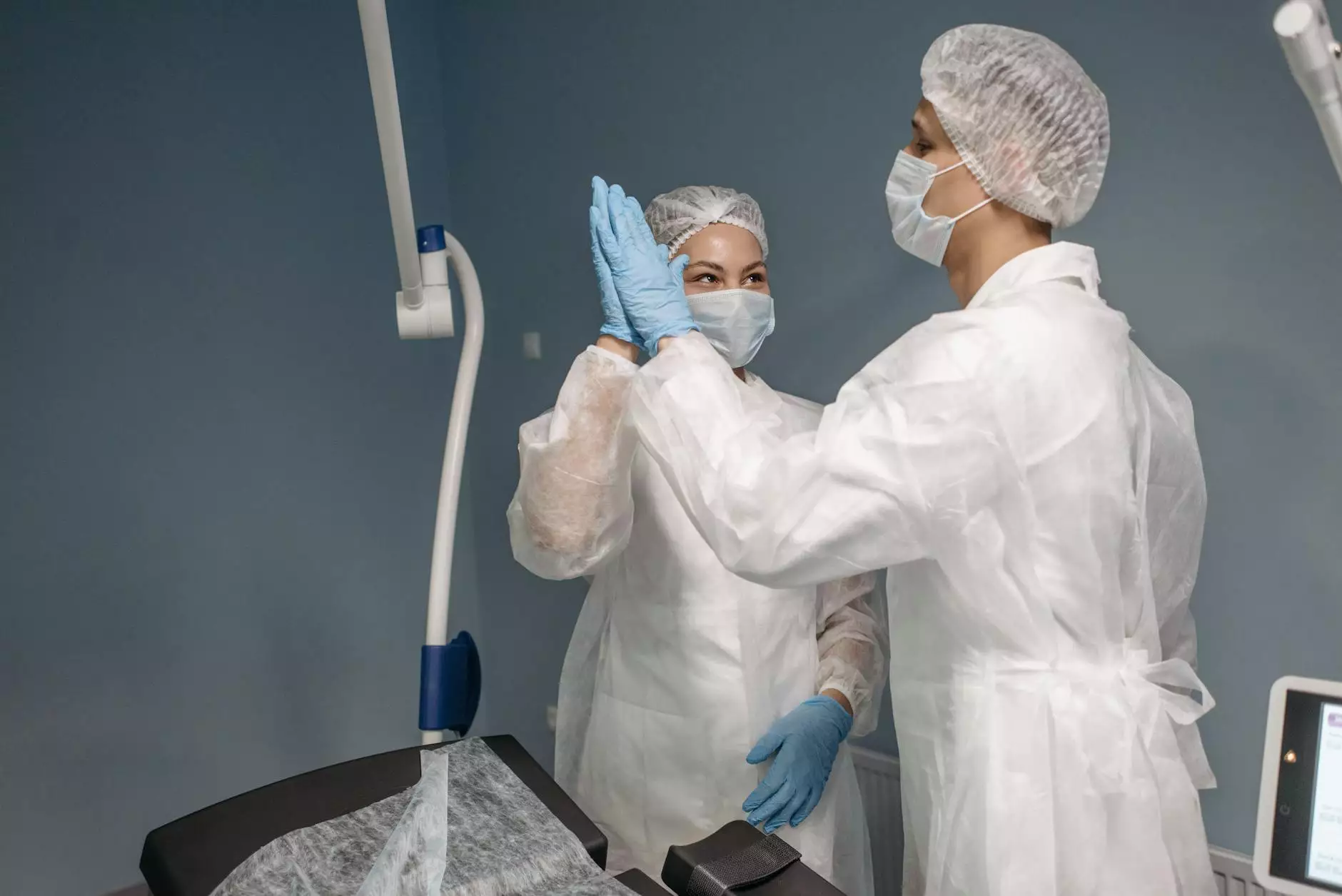Understanding Endometriosis Excision Surgery

Endometriosis is a condition that affects millions of women globally, often leading to significant pain and discomfort. For those who struggle with this debilitating disease, endometriosis excision surgery offers a beacon of hope. In this article, we'll delve into the details of this surgical procedure, its benefits, risks, recovery, and the expertise of renowned specialists like Dr. Seckin.
What is Endometriosis?
Endometriosis occurs when tissue similar to the lining inside the uterus grows outside it. This can cause a myriad of symptoms, including:
- Pelvic pain: Often linked to the menstrual cycle.
- Heavy menstrual bleeding: Some women experience heavy periods (menorrhagia) or bleeding between periods.
- Infertility: Endometriosis can be diagnosed in 20-40% of women who are infertile.
- Digestive problems: This includes symptoms like diarrhea, constipation, bloating, and nausea.
- Fatigue: A common symptom amongst women with endometriosis.
Understanding these symptoms is crucial for women who may be suffering in silence, urging them to seek help.
What is Endometriosis Excision Surgery?
Endometriosis excision surgery is a surgical procedure aimed at removing endometrial tissue that has grown outside the uterus. This surgery can significantly alleviate pain and improve quality of life for many women. Unlike other forms of surgery for endometriosis, excision involves carefully cutting out endometriosis lesions and scar tissue, rather than simply burning or lasering them off.
Benefits of Endometriosis Excision Surgery
The benefits of endometriosis excision surgery are multifaceted:
- Pain Relief: Many patients experience significant pain relief after surgery.
- Improved Fertility: By removing endometriosis tissue, surgery can enhance fertility prospects for women trying to conceive.
- Restoration of Quality of Life: Patients often report a return to normal activities and improved mental health post-surgery.
- Lower Recurrence Rate: Excision surgery reduces the likelihood of endometriosis returning compared to other methods.
Who is a Candidate for Endometriosis Excision Surgery?
Not every woman with endometriosis will require surgery. Ideal candidates typically include:
- Women with severe endometriosis that has not improved with medication.
- Those experiencing infertility linked to endometriosis.
- Individuals whose quality of life is severely impacted by endometriosis symptoms.
Understanding the Surgical Process
Pre-Surgery Preparations
Before undergoing endometriosis excision surgery, patients will have a comprehensive pre-operative evaluation. This may include:
- Physical Exam: A thorough examination by a gynecologist to assess the severity of endometriosis.
- Imaging Tests: MRI or ultrasound scans to identify the location of endometriosis lesions.
- Discussion of Medical History: A review of past surgeries and current symptoms to tailor the surgical approach.
The Surgical Procedure
On the day of surgery, patients can expect the following:
- Anesthesia: General anesthesia is typically used to ensure comfort during the procedure.
- Laparoscopic Technique: Most endometriosis excision surgeries are performed laparoscopically, which involves small incisions and minimal scarring.
- Identification of Lesions: The surgeon carefully identifies and excises endometrial tissue and adhesions.
- Closure: After the excision, the surgeon closes the incisions using sutures or adhesive strips.
Post-Surgery Recovery
Following the procedure, recovery is critical for optimal healing and pain management. Patients will generally experience:
- Pain Management: Prescribed pain medications will help manage discomfort.
- Follow-Up Visits: Scheduled follow-ups allow the surgeon to monitor recovery.
- Gradual Return to Activities: Patients can slowly return to normal activities as they heal, typically within 1-2 weeks.
Risks and Considerations
While endometriosis excision surgery is generally safe, like any surgery, it comes with potential risks, including:
- Infection: A possible complication following surgery.
- Bleeding: Excessive bleeding may occur during or after the procedure.
- Damage to Organs: Rarely, surrounding organs may be unintentionally damaged during excision.
- Recurrence of Endometriosis: Although excision reduces the likelihood, recurrence is still possible.
Why Choose Dr. Seckin for Endometriosis Excision Surgery?
Choosing the right surgeon for endometriosis excision surgery is paramount. Dr. Seckin is a leading expert in the field. Here are several reasons why patients trust Dr. Seckin:
- Specialized Experience: Dr. Seckin has years of experience specifically in treating endometriosis.
- Comprehensive Care: Patients receive holistic care that considers both physical and emotional well-being.
- Patient Education: Dr. Seckin prioritizes education, ensuring that patients understand their condition and treatment options.
- Positive Outcomes: Many patients report life-changing improvements in their symptoms and quality of life post-surgery.
Conclusion
Endometriosis is a complex and often misunderstood condition, but with advancements in medical technology and surgical techniques, women have more options than ever. If you are battling endometriosis and its challenges, consider endometriosis excision surgery as a viable option. Under the care of specialists like Dr. Seckin, you can embark on a journey toward relief and restoration of your quality of life.
Don't let endometriosis control your life. Seek help, get informed, and explore your surgical options today!



